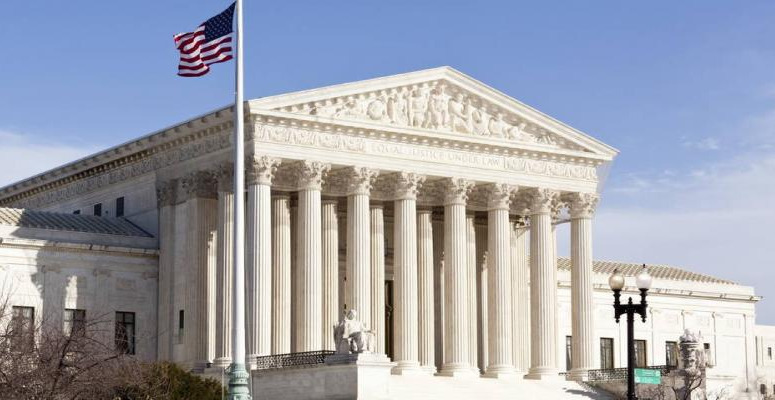
U.S. Supreme Court
By Guillermo Alvarado
Not many hours had passed since the U.S. Supreme Court overturned measures against carrying guns in public, when the highest court of that country lashed out against the right enshrined in the Constitution to voluntary interruption of pregnancy.
It had been 50 years since women in the world's leading power had enjoyed this guarantee, which prevented states with conservative governments from issuing regulations to prohibit this procedure, although in some, such as Texas, in recent years it has been almost impossible to perform it.
The rule did not criminalize women who seek to terminate a pregnancy, nor those who perform the procedure, but it leaves the door open for the adoption of extreme regulations, as is being done by several local governments, which already have the power to act as they wish on the issue.
There are eleven states, in addition to Missouri and Texas, where restrictive laws are being prepared, even in cases of rape, which will force many women to risk their lives and go to illegal clinics, which could increase the number of deaths.
Numerous protests have been unleashed since the verdict was announced, which, as is well known, is not subject to appeal and establishes jurisprudence.
The U.S. Supreme Court is made up of nine justices, one presiding justice and eight "associate justices", who are appointed by the White House and ratified by the Senate.
They are appointed for life and can only be removed by impeachment, something that has never happened in the history of that country. This means that a position becomes vacant only in the event of the death of the incumbent or his or her voluntary retirement for reasons of age or illness.
In its current composition there are six members who were installed by Republican administrations, one by George Bush Sr., two by his son George W. Bush, and three by Donald Trump.
The remaining three were nominated by the administrations of William Clinton and Barack Obama. Although they do not necessarily obey a party line in their decisions, there is evidently a strong political affinity between each of them, the administration that nominated them and the Senate majority that approved them.
There is no doubt that the current Court, headed by John Glover Roberts, appointed by Bush Jr. in 2005, is very conservative and much more attached to the Republicans than to the Democrats.
It is feared that its next decisions will be against same-sex marriage and contraception. What will follow? Who knows, perhaps gallows like Salem in 1693.

